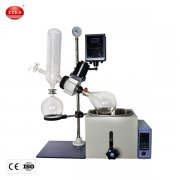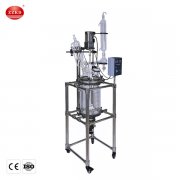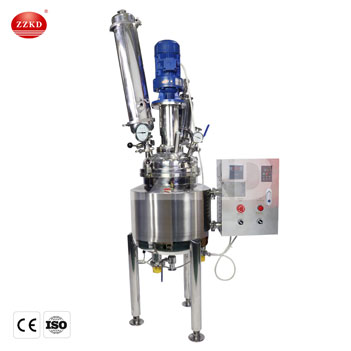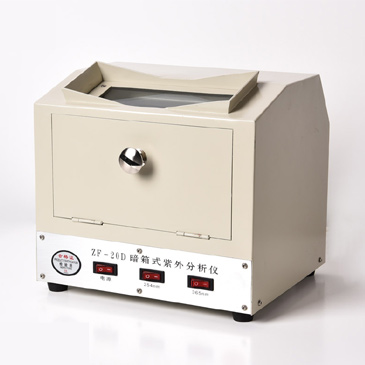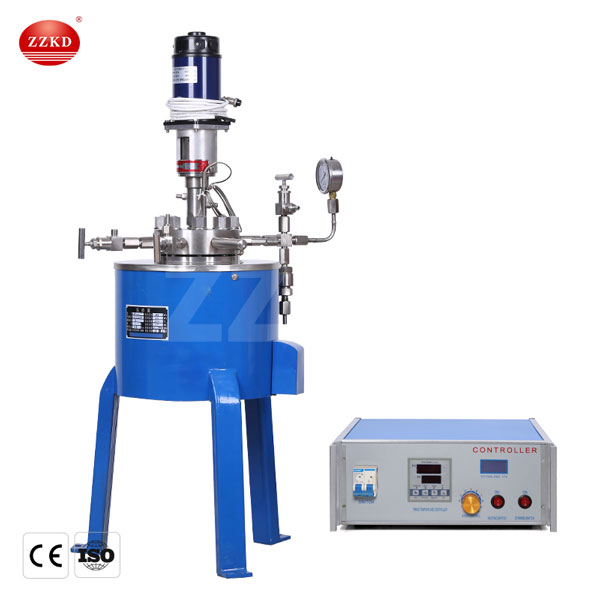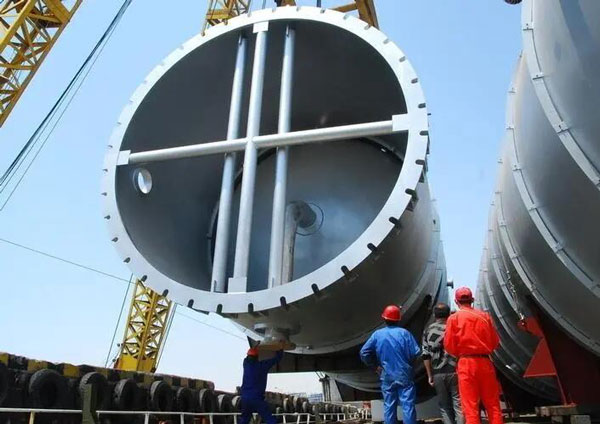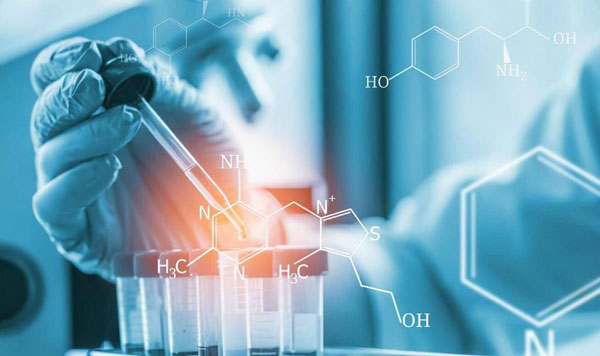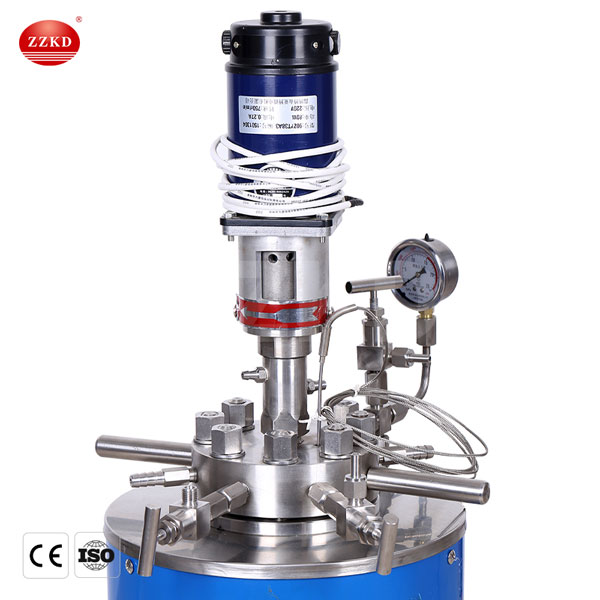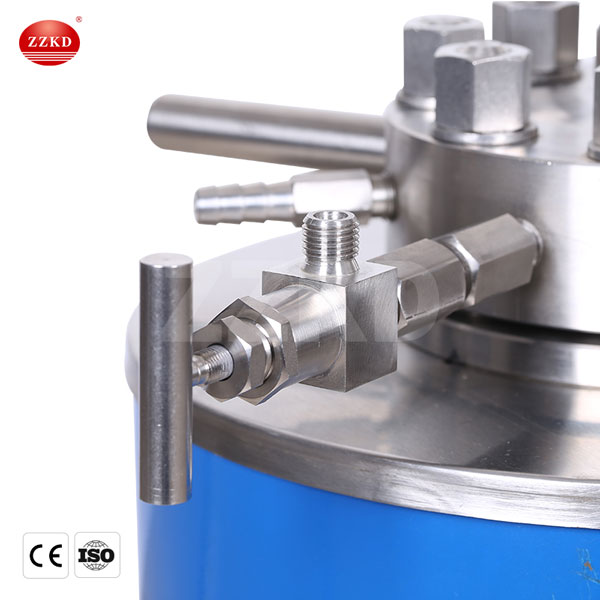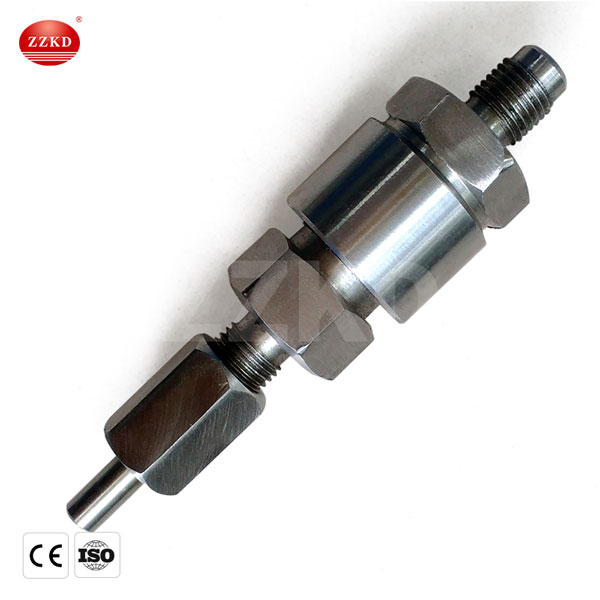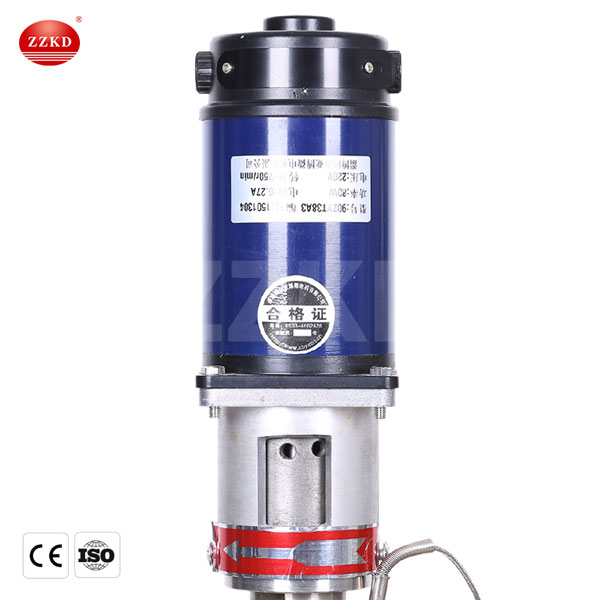In today's rapidly evolving industrial landscape, efficiency and sustainability are paramount. As industries seek innovative solutions to optimize their processes, the high-pressure batch reactor has emerged as a game-changing technology. This powerful apparatus not only facilitates chemical reactions at elevated pressures but also offers numerous benefits to various sectors. This article explores the versatile use of
high pressure reactor vessel and the substantial contributions they make to industries worldwide.
Understanding High-Pressure Batch Reactors
A high-pressure batch reactor is a specialized vessel designed to facilitate chemical reactions under elevated pressures. Unlike continuous flow systems, batch reactors enable reactions to occur in discrete batches, offering several advantages in terms of control, scalability, and flexibility. These reactors are typically constructed with materials capable of withstanding high pressures and temperatures, ensuring safety and reliability during operation.
Applications Of High-Pressure Batch Reactor
High-pressure batch reactors find extensive use across a wide range of industries, owing to their versatility and efficiency. Let's explore some key applications where these reactors have proven invaluable:
Pharmaceutical Industry:
High-pressure batch reactors play a crucial role in pharmaceutical manufacturing. They enable the synthesis of complex molecules, such as active pharmaceutical ingredients (APIs) and intermediates, under controlled conditions. These reactors facilitate the synthesis of new drug compounds, helping pharmaceutical companies accelerate the development of novel therapies and optimize production processes.
Petrochemical Industry:
The petrochemical industry heavily relies on high-pressure batch reactors for various processes. These reactors are employed in the production of polymers, resins, and specialty chemicals. The ability to operate under high pressures allows for enhanced reaction rates and improved product quality, enabling efficient and cost-effective manufacturing processes.
Chemical Synthesis:
High-pressure batch reactors offer a valuable tool for chemical synthesis, especially in the production of specialty chemicals, fine chemicals, and agrochemicals. Their ability to operate at elevated pressures enhances reaction rates, improves yield, and facilitates the synthesis of complex molecules. This aids in the development of new materials and chemicals used in diverse applications, ranging from electronics to agriculture.
Environmental Remediation:
The environmental sector benefits from high-pressure batch reactors in the treatment of wastewater, air pollution control, and waste management. These reactors are instrumental in the degradation of organic contaminants, such as volatile organic compounds (VOCs) and persistent organic pollutants (POPs). The controlled high-pressure conditions promote efficient degradation and minimize the release of harmful byproducts, contributing to a cleaner environment.
Advantages and Impact on Industry
The high-pressure batch reactor offers a multitude of advantages that revolutionize industrial processes and positively impact various sectors:
Improved Reaction Kinetics:
Operating at elevated pressures accelerates chemical reactions, reducing reaction times and improving reaction yields. This enhanced kinetics allow industries to produce more in less time, resulting in increased productivity and reduced costs.
Precise Control and Optimization:
Batch reactors enable precise control over reaction parameters, such as temperature, pressure, and reactant concentrations. This level of control facilitates optimization of reaction conditions, leading to higher product quality and consistency.
Scalability and Flexibility:
High-pressure batch reactors are highly scalable, allowing for easy adaptation to different production scales. This scalability provides the flexibility needed to meet changing market demands and enables manufacturers to transition from laboratory-scale to commercial-scale production seamlessly.
Safety and Environmental Sustainability:
High-pressure batch reactors are designed with safety in mind. The robust construction and advanced safety features ensure the containment of high-pressure reactions, minimizing the risk of accidents. Additionally, by optimizing reaction conditions, these reactors can reduce energy consumption, waste generation, and environmental impact, contributing to sustainable manufacturing practices.
Process Intensification:
The use of high-pressure batch reactors facilitates process intensification, which involves maximizing production efficiency while minimizing resource consumption. By achieving higher reaction rates and yields, these reactors optimize resource utilization, reduce waste, and enhance overall process sustainability.
Steps for usage
1. Put the measured reactants in the reactor and add the magnetic rotor;
2. Tighten the hexagonal screws and carefully check whether the reactor is stable;
3. Put the temperature probe in the detection port;
4. Check whether the inlet valve and outlet valve are tightly closed;
5. Turn on the power on the right side, and set the temperature, speed and time;
6. After the reaction is over, place the autoclave in ice water for cooling;
7. When the pressure is zero, remove the hex nut and pour the reactant into the beaker;
8. Clean the inner wall of the reactor in time.
9. Temperature setting: In the normal temperature display state, press the temperature button, the temperature display window will start to flash, adjust by increasing and decreasing keys. After setting the required settings, press the temperature button again, the temperature display window will stop flashing, and the temperature of the controller will gradually adjust to the set temperature value.
10. For speed setting and time setting, see temperature setting.
Precautions
1. The reaction pressure shall not exceed 16MPa;
2. The filling degree in the kettle should not exceed 60%. If the boiling point of the reactants is too low and the reaction temperature is too high, the filling degree should be reduced according to the actual situation;
3. After feeding, the screws are pressed symmetrically, and do not tighten them clockwise;
4. After the reaction starts, observe the pressure gauge at intervals to see if there is a reading. If it is always zero, stop the experiment and check the air tightness;
5. After the reaction is over, heat-insulating gloves should be worn when moving the autoclave for ice water cooling to prevent burns;
6. If you have wet hands, liquid overflows, or electric leakage occurs when placed in high humidity conditions for a long time, you should dry it in time or dry it naturally before using it to avoid danger;
7. When not in use for a long time, please store it in a dry place without corrosive gas.
8. When the ambient humidity is relatively high, there may be induction electricity transmitted to the shell through the insulation layer, please be sure to ground the wire to avoid leakage, and pay attention to ventilation

 Products
Products





